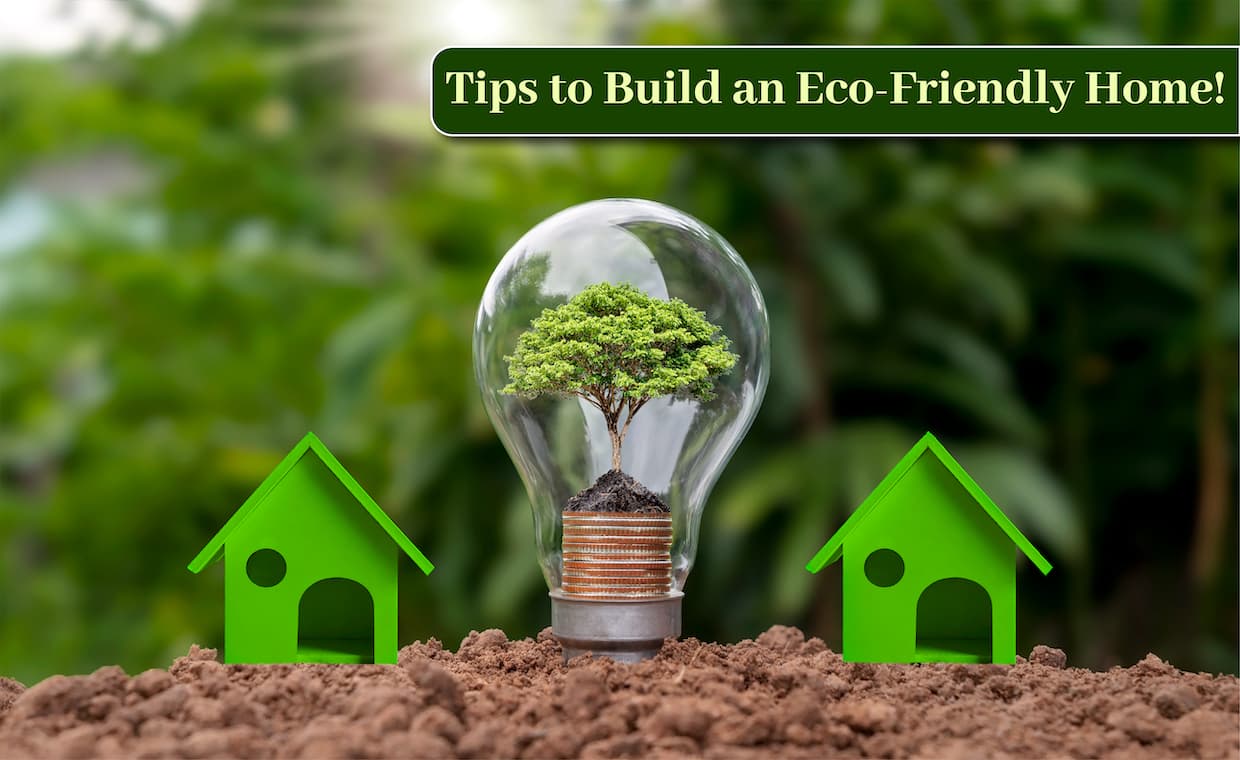
So, you’re determined to get your hands dirty and have your say building an Eco-Friendly home. It’s no secret that you’ll need a determined outlook and a strong sense of style to pull the job off. Self-builders have been utilizing the evolving methods of sustainable building for years, so why can’t you?
Building your place brings benefits like showcasing your personality and protecting yourself from rising living costs. It’s the ticket to working with sustainable electrical sources and additional solutions.
Tips for Building an Eco-Friendly Home
Let’s find out what’s involved in building an eco-friendly home.
01. Sustainable Power Sources
When researching how to build an eco-friendly home, one of the essential considerations is power. You can’t go without power, and for most of us accustomed to modern amenities, we wouldn’t want to anyway.

If you’re looking for ways to supply power to your home, you’re bound to come across the portable power station vs. solar generator debate.
Both kits can work with solar panels providing an eco-friendly power source. They store energy for use immediately or whenever you require it.
Either kit will save you money as you’re not using the national power grid. You can invest in various sizes correlating to how much energy they can collect and store. Using a sustainable kit as you build and after completing the construction is a good idea.
02. Eco-friendly Home Insulation
In simple terms, the more insulation you add to your home, from the walls to the ceiling, the warmer your home will be while using less fuel to make it so.

One Community Global assessed the sustainability of different materials used for insulation. They concluded that stone wood technology is the most sustainable choice.
The material is perfect for use during construction as well as during renovations. It comprises natural materials and is both non-toxic and mold-resistant.
03. Eco-Friendly Construction Materials
In the early stages of building plans, you should select sustainable materials for your home. There are ways you can ensure this happens through certifications and the like.

PEFC works with national organizations to improve responsible forestry, so when you buy wood with a PEFC certificate, you can build happily, knowing that the journey of your wood is sustainable.
A part of the journey often overlooked is what will happen to these materials at the end of their life. Of course, you don’t want to think of how to deconstruct everything when you haven’t yet completed it. But choosing materials that have a low impact on our planet when it’s time for disposal will help contribute to an eco-friendlier picture in the long run.
Other materials, such as glass, can offer significant benefits too. For instance, if your building is in an area with excellent access to light, use more glass to take advantage of that. It will help you leave the lights off for longer in your home.
Committing to the Build
Getting started with a self-build project can seem a little daunting, but solid research will help you get started on the right foot while ending with the green home you’ve always wanted.
You may also like to read following article:
Green Homes: Step Towards Sustainable Home Developments!
Image Courtesy: Image 4






























